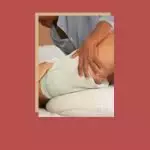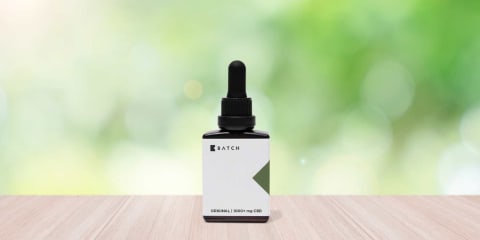I first met 11-year-old Xavi and his parents during a workshop on chronic pain management that I led at Boston Children’s Hospital. Like many families who come to this workshop, they arrived hopeless, frustrated, and skeptical about what we could do to help them. They had been struggling desperately for years to relieve Xavi’s suffering from an agonizing condition known as Amplified Musculoskeletal Pain Syndrome (AMPS). But nothing the doctors suggested had worked. As his mother told me, “We were keeping diaries of his pain. We were giving him medication. We were taking him to physical therapy. And he was getting worse.”
I served as the health advisor on the film, “Finding Comfort,” which is part of TakeCare, a national initiative to help people improve their health and wellbeing through inspirational short films. Far too many people are in Xavi’s position – suffering with ongoing pain and with very little sense of hope. And like Xavi and his family, they are often surprised to learn how incredibly powerful our minds can be as a commanding tool to help manage painful physical conditions like AMPS as well as more common pain problems such as headaches, stomachaches, joint, muscle and nerve pain.
The Power of Psychology
As director of the Comfort Ability Program at Boston Children’s Hospital, my mission is to provide families and individuals like Xavi with effective tools to help manage pain. The tools we use come from psychology, but this does not imply that pain is just a psychological problem. The sensation of pain is actually both a physical and emotional problem.
Relaxation reduces pain sensation
Some of the most effective tools that come from psychology include a variety of relaxation skills such as deep breathing, mindfulness meditation, and guided visualization. These skills work by dialing back or dimming pain sensitivity in the nervous system much like you might imagine dimming a bright light on a dimmer switch. Additionally, these skills work to improve feelings of comfort and calm, easing both the physical and emotional stress of pain.
For Xavi, these relaxation skills worked to reduce the severity of his pain flares, relaxed him so that he could easily fall asleep at night, and generally helped him to feel less anxious about his pain. As his father explains, “they refocus Xavi’s mind away from his pain toward happiness, towards joy and calm.” Xavi particularly enjoyed combining his deep breathing and guided imagery skills with aromatherapy every night before bed. His choice for aromatherapy – the scent of ginger and thyme – further sparked positive emotions for him because it reminded him of his favorite meal, roast chicken! “It smells like dinner,” Xavi says, smiling, “and who doesn’t love dinner?”
Breaking the “wait to feel better” pain cycle
Another group of skills that are helpful in the treatment of chronic pain are the tools that help patients move beyond feelings of helplessness and inactivity. Many people share Xavi’s initial perspective, “I don’t want to get coping skills, I want medications.” I understand this completely. People don’t want to manage pain; they just want to get rid of it. The problem is that medications alone are not the answer. If patients just wait for a medication to make them feel better, they often face long periods of inactivity and more frustration, both of which make pain worse. It’s a bad cycle.
This is why an essential part of recovering from chronic pain involves building a set of new and helpful habits that build long-term comfort. For example, developing a plan for better sleep, getting on track at school and gradually returning to sports or activities are all necessary parts of the recovery process.
When pain is impacting kids, psychology also has an important role to play in helping parents. I meet so many parents like Xavi’s dad who, with tears in his eyes, shared “The feeling of being helpless as a parent and not being able to do anything to comfort your child, it’s sickening. It’s about as dark as it gets.” Understandably, most parents are confused about how to help their child, and like Xavi’s parents, are skeptical there’s anything they can do that will help. Given their initial doubts, Xavi’s parents were happily surprised to find that the parenting tools they learned at the workshop improved Xavi’s quality of life (and theirs) dramatically. “Our kid is back… he’s got that spark back,” says his mother, who describes the change as “stunning.”
A path forward
The comfort-boosting tools that come from psychology have been scientifically proven to help people feel better, do more, and have confidence in their ability to cope with their symptoms. Armed with these skills, Xavi and his parents have a new approach. Xavi proudly shares, “To make my pain feel better, I relax, I do my strategies, I go to sleep.” While these tools take practice and time to work and may not fully relieve symptoms for everyone, they go a long way towards improving the lives of people who have pain. Importantly, when people have a tool box of skills, they have more confidence in their ability to manage symptoms and feel hopeful because they can see a clear path forward. Xavi puts it beautifully in the film when he confidently shares: “My pain is my eternal enemy, and how to destroy an enemy forever is with friendship. It’ll go away completely, but not today, not tomorrow, not next week. But it’ll go away and it’s way better than last year.”









